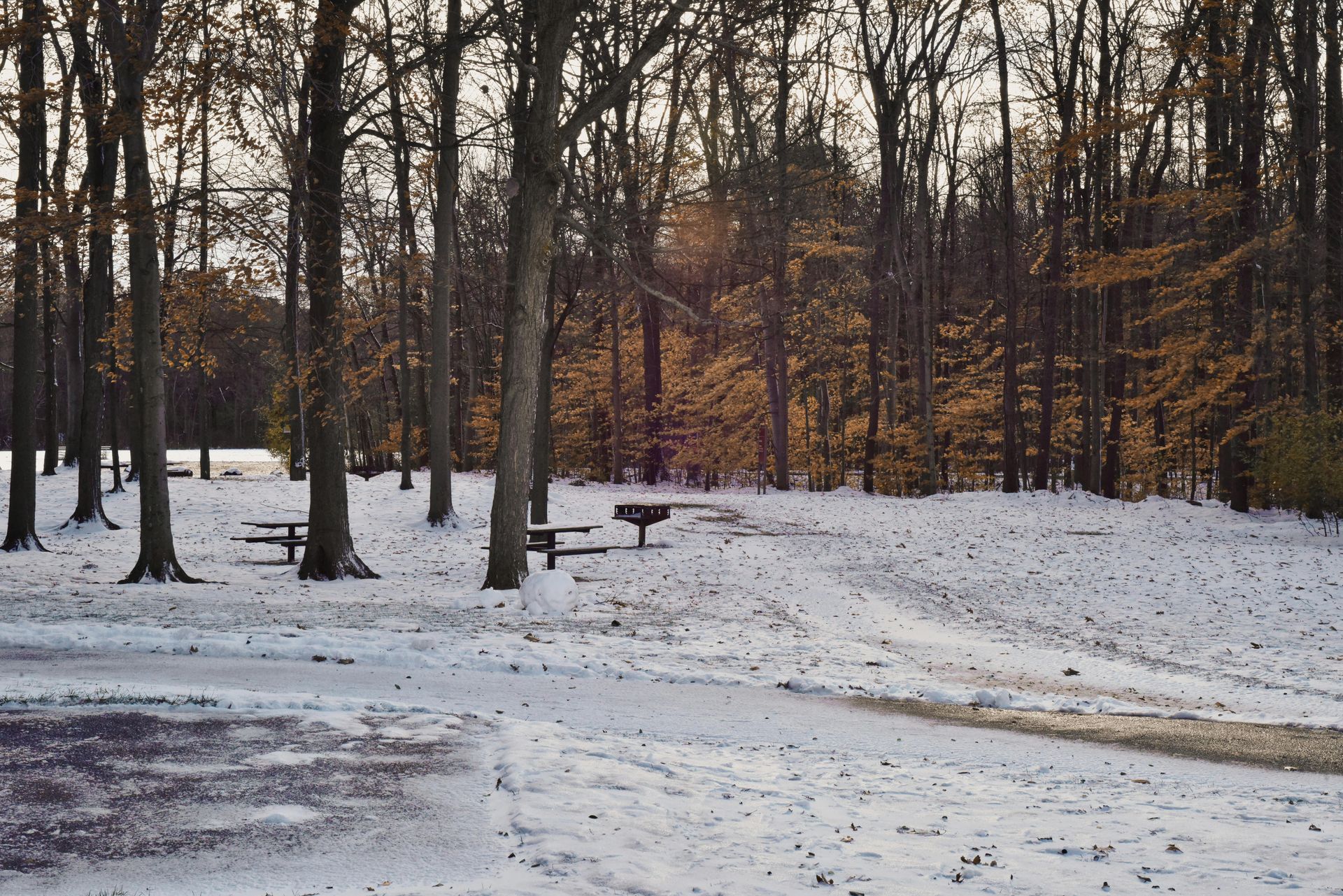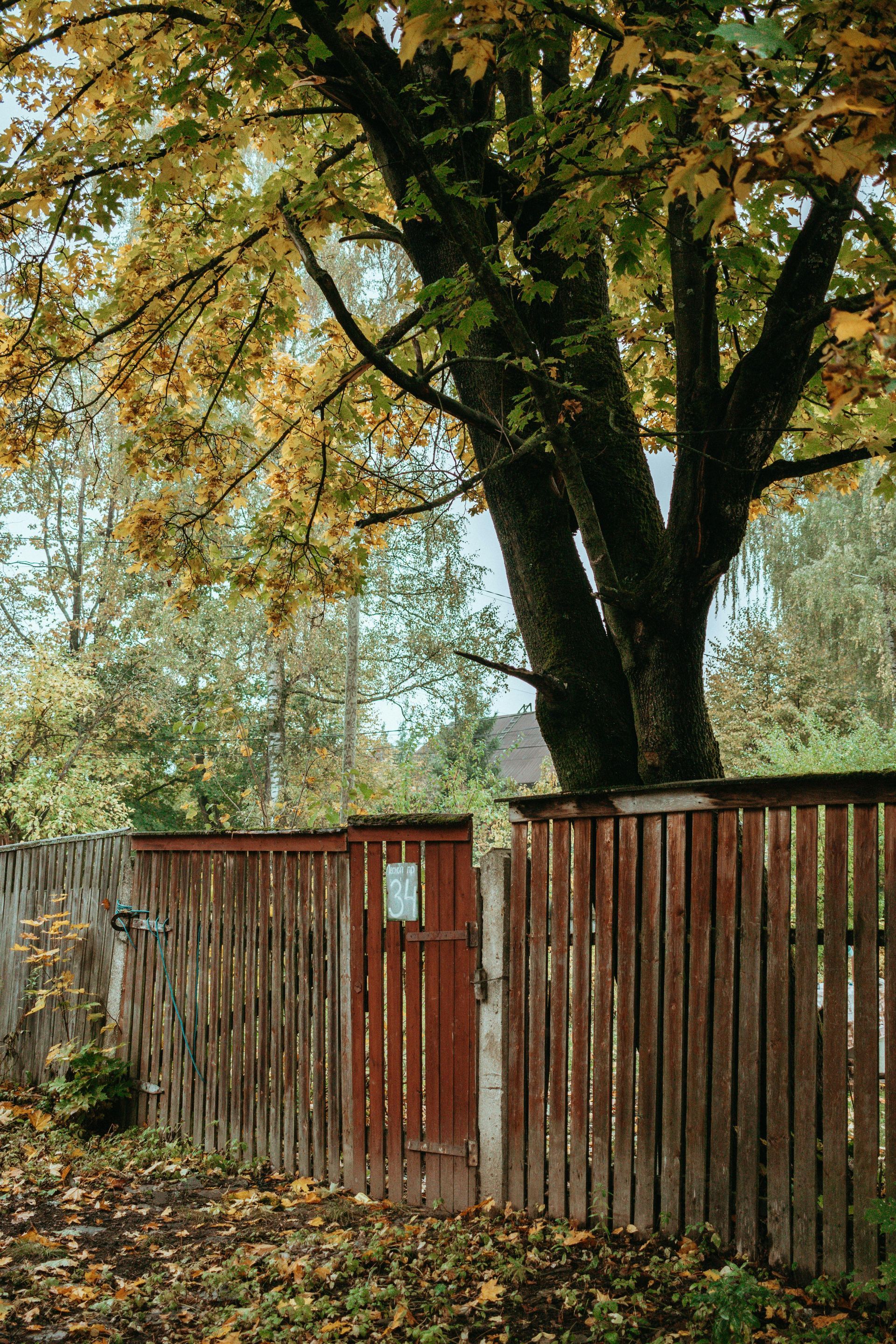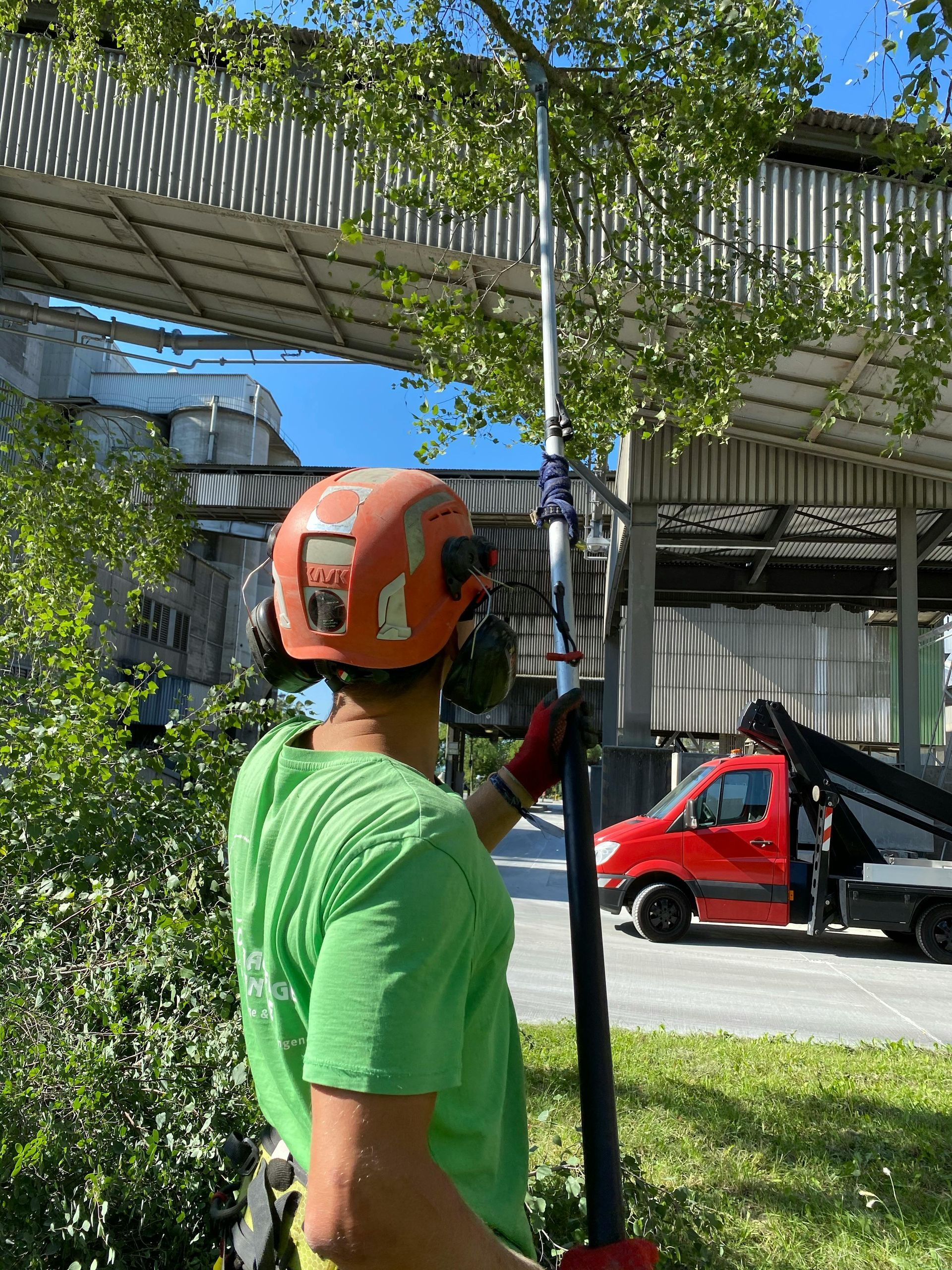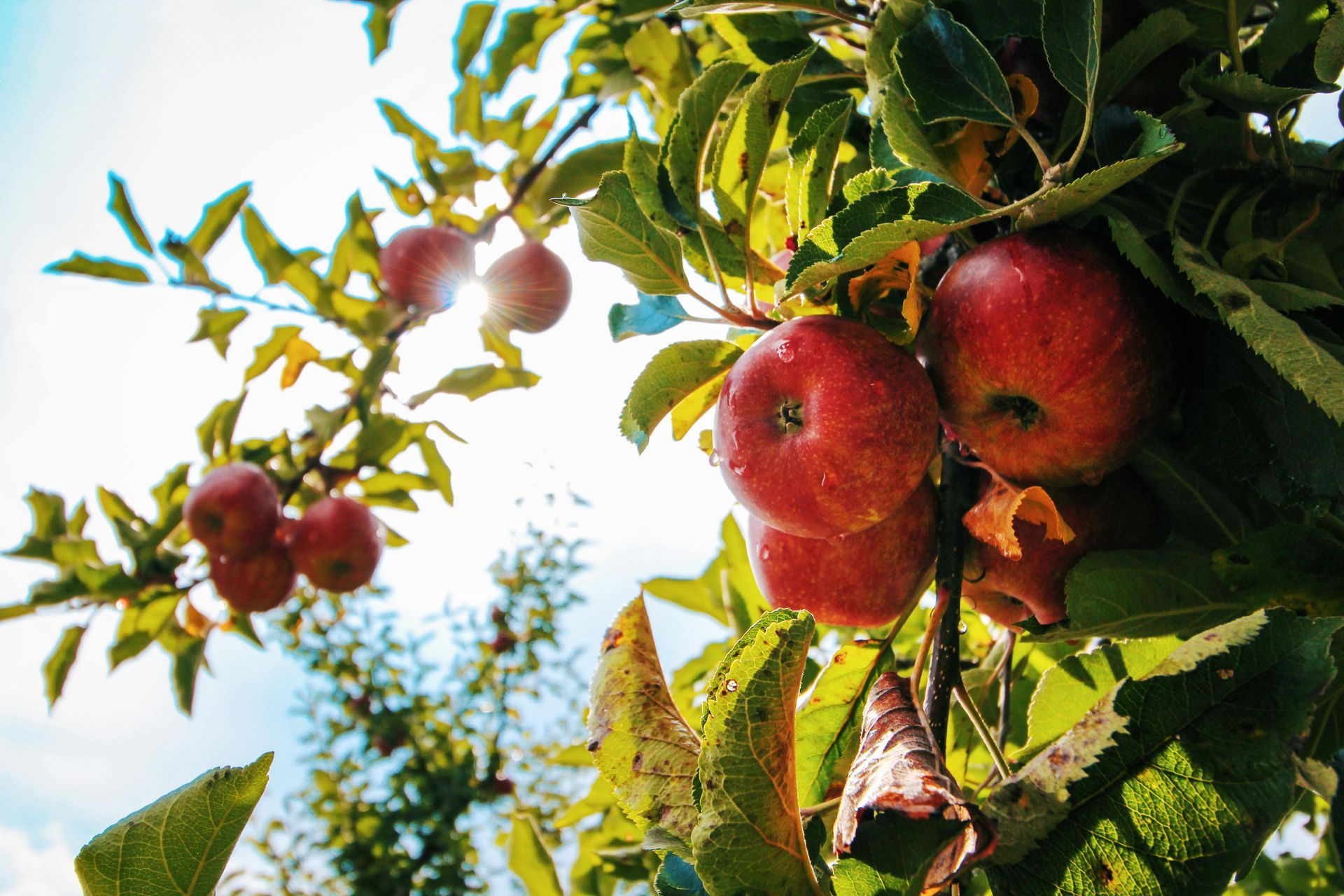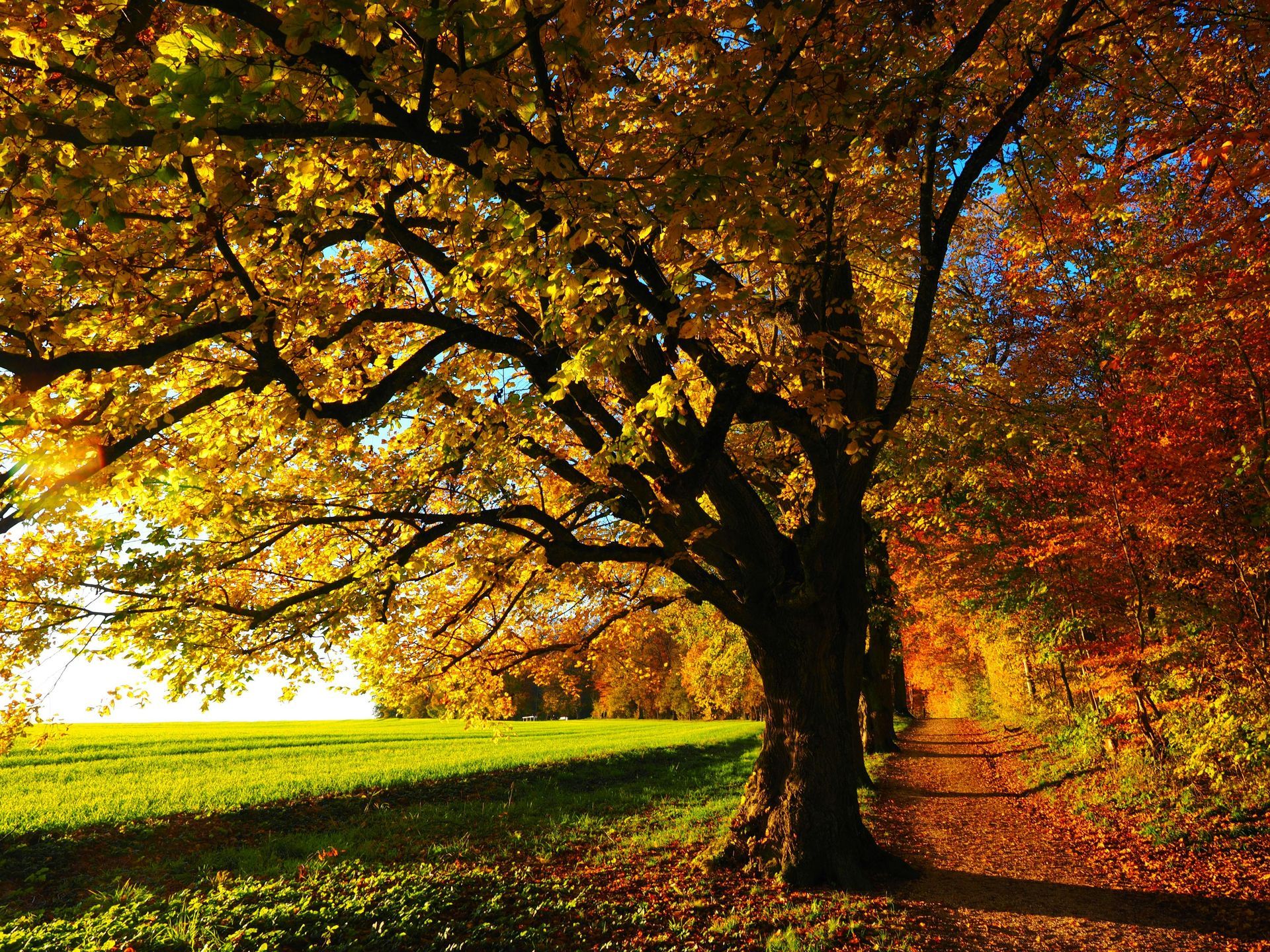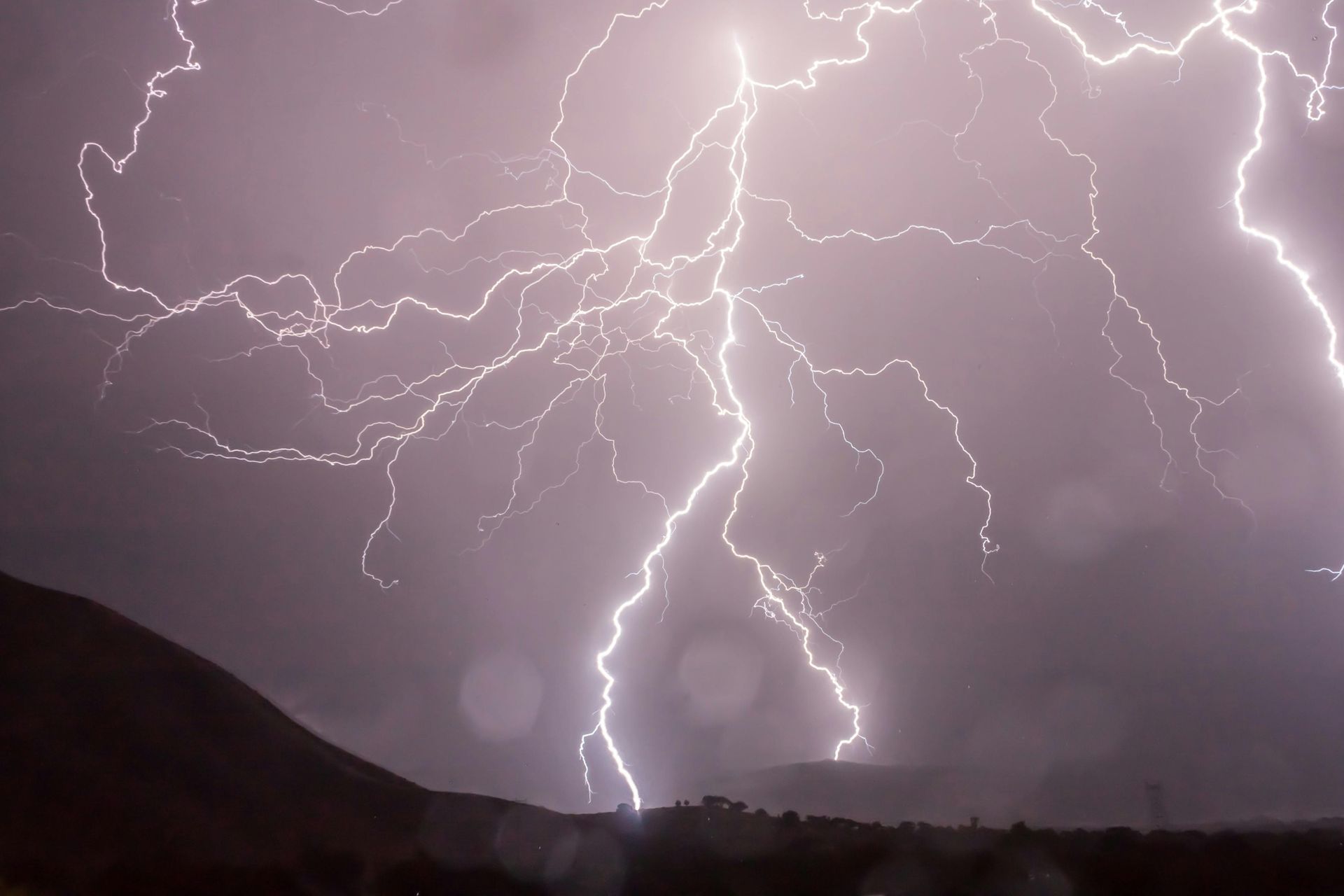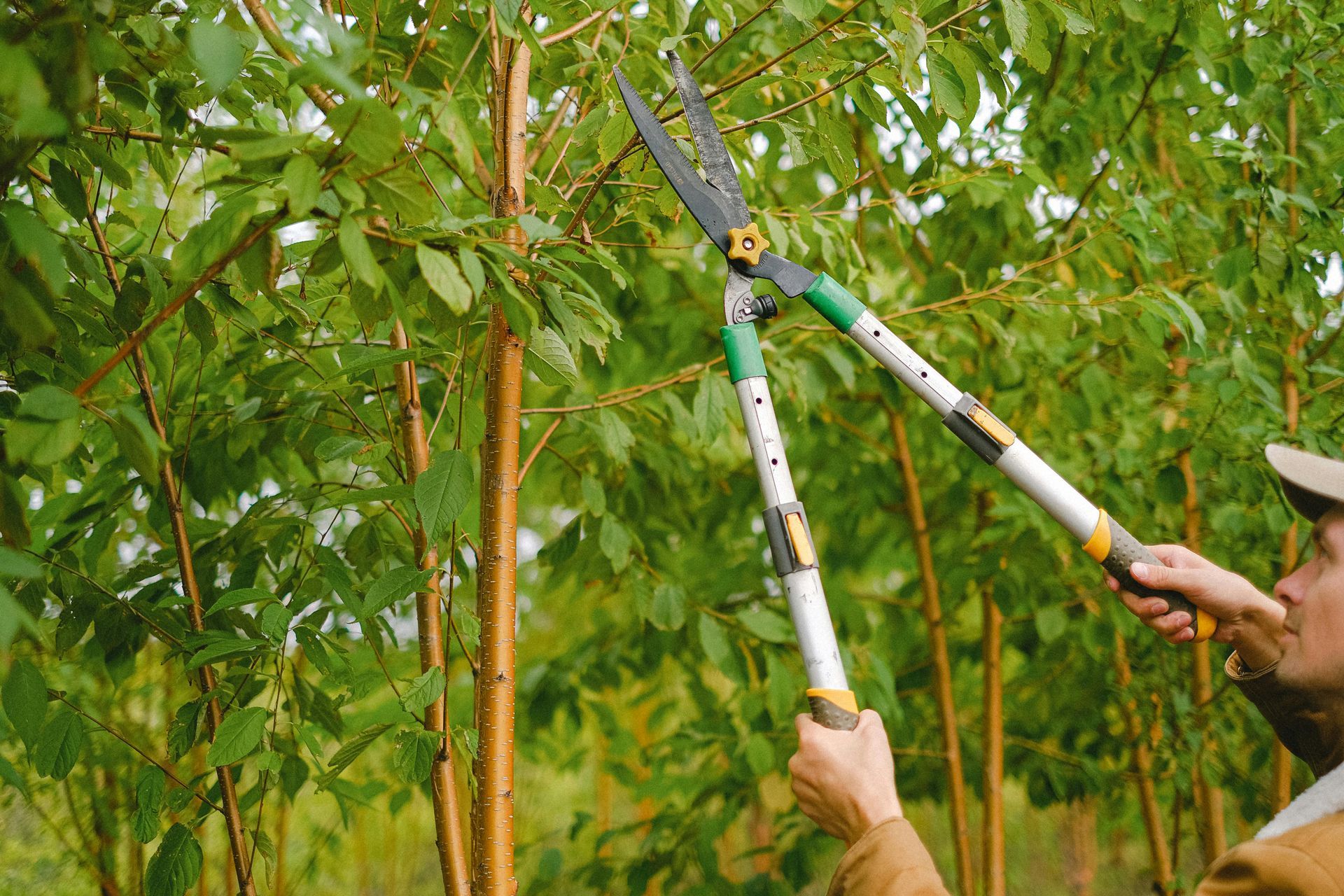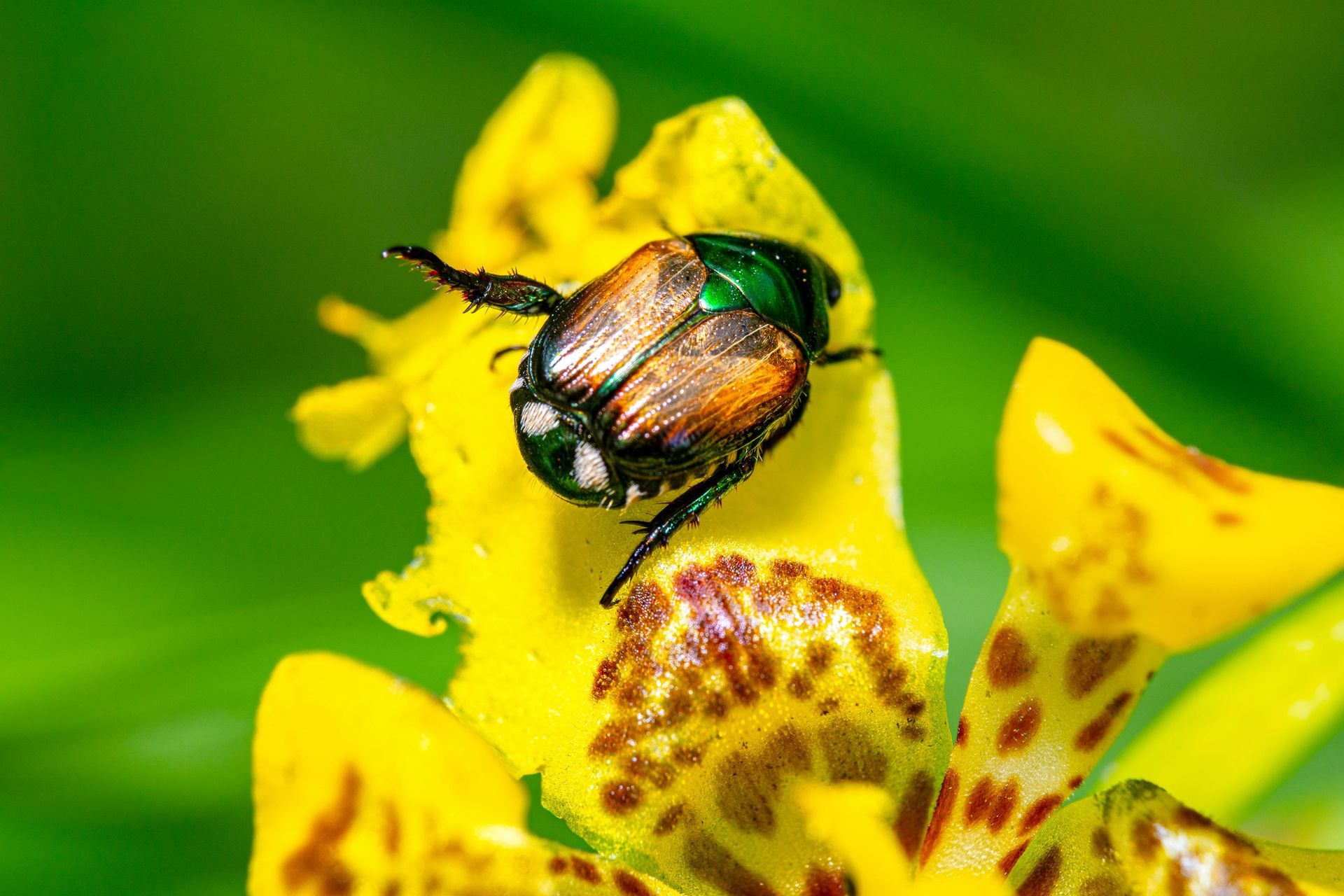How to Prepare Your Trees & Shrubs for Winter in Northwest Indiana
Fall Tree Protection Tips to Keep Your Landscape Healthy Through Winter
Introduction
Learn expert-recommended tree and shrub winter prep tips for Northwest Indiana, including watering, mulching, protection, and inspection before freezing temps arrive.
How do you prepare trees for winter in Indiana?
✅ Water deeply before the ground freezes
✅ Add mulch for insulation
✅ Protect trunks from sunscald & animal damage
✅ Avoid late-season fertilizing or heavy pruning
✅ Schedule inspections to catch structural issues
🍂 1. Deep Watering Before the Ground Freezes
Even if it’s cool out, roots still need moisture before the ground locks up.
- Focus on newly planted trees or those in dry or sandy soils
- Water deeply once a week in dry fall conditions
- Best time? Mid–late October if rain is light
💧 Pro Tip: Soaker hoses or slow-drip buckets work better than overhead watering.
🌿 2. Mulch Matters (More Than You Think)
Mulching insulates the soil, protects roots from freeze/thaw cycles, and retains moisture.
- Apply 2–3 inches in a wide ring around the base
- Keep mulch
3–6 inches away from the trunk to prevent rot
- Avoid piles or volcano-shaped mounds
🛡️ 3. Protect Trunks from Sunscald & Animal Damage
Sunscald is common on young or thin-barked trees (like maple or cherry) during winter. Rodents and deer can also strip bark.
✅ Use white tree guards or trunk wrap
✅ Remove wrap in early spring
✅ Use repellents or fencing if deer pressure is high
🧪 4. Skip Fertilizing Late in the Season
Late-season fertilization can encourage tender growth vulnerable to frost. Unless you're applying a root-zone, fall-specific formula, hold off on nitrogen-heavy products after early October.
🕵️ 5. Final Inspection: Structural & Health Check
Before snow and ice arrive, check for:
- Dead or damaged branches
- Weak branch unions
- Leaning trees or signs of instability
- Pest activity on trunks or foliage
📅 Schedule a pre-winter tree inspection now to catch issues before they become winter hazards. Call 219-331-5901
✅ Final Thoughts
What you do in October sets your trees and shrubs up for safe dormancy and stronger growth next spring. Small steps now = fewer problems later.
📞 Ready to protect your trees before winter? Let’s walk your property and put a winter prep plan in place. Call 219-331-5901

